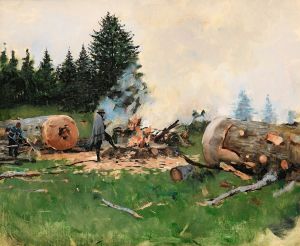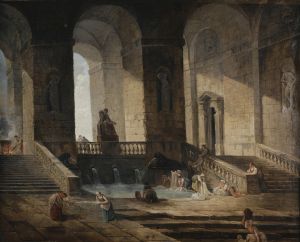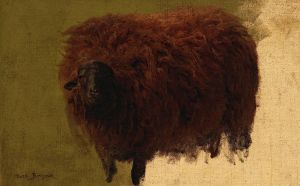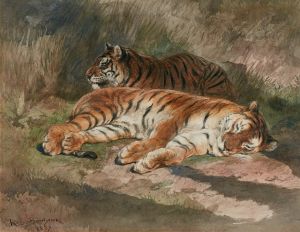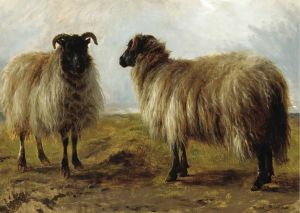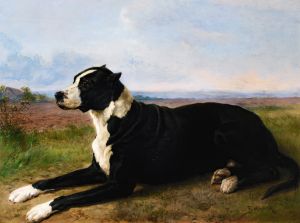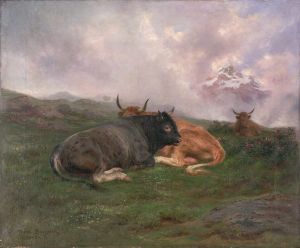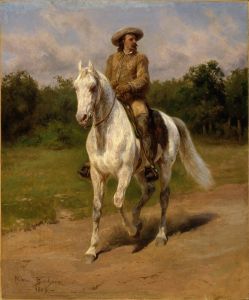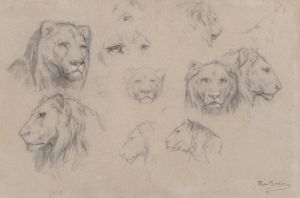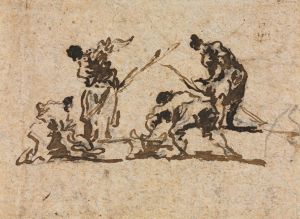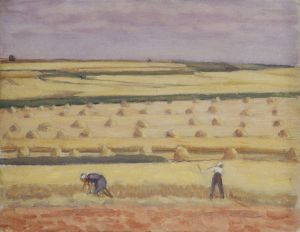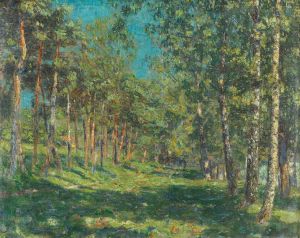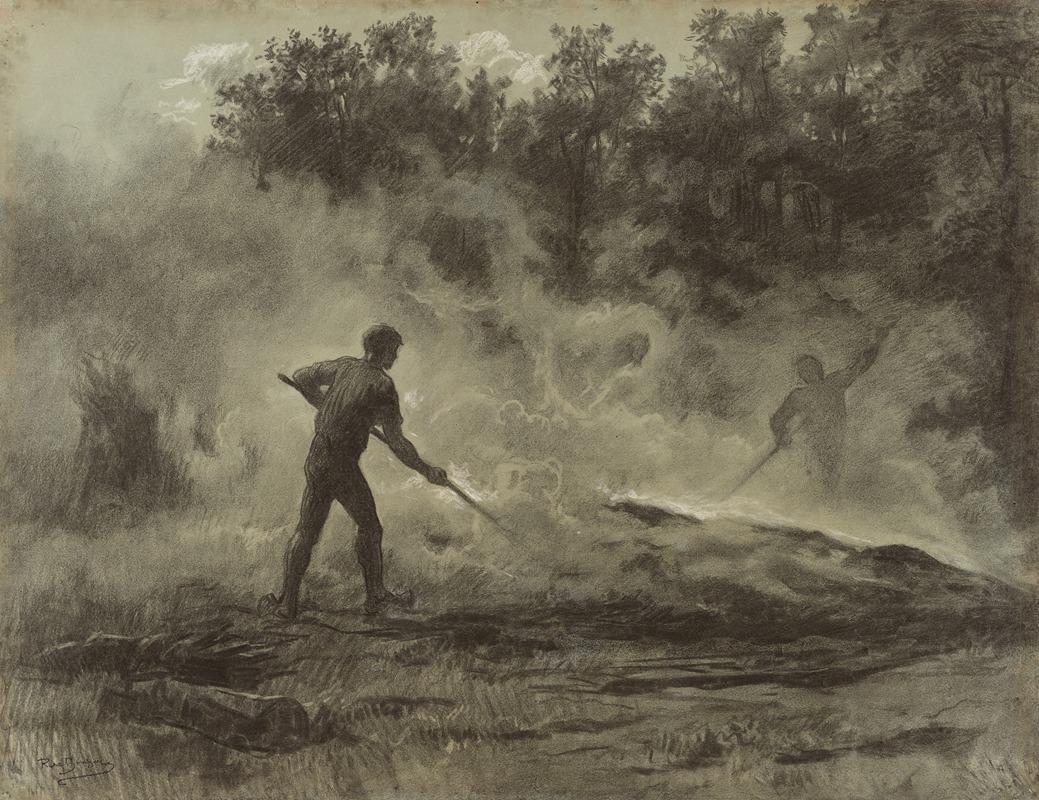
Charcoal burners
A hand-painted replica of Rosa Bonheur’s masterpiece Charcoal burners, meticulously crafted by professional artists to capture the true essence of the original. Each piece is created with museum-quality canvas and rare mineral pigments, carefully painted by experienced artists with delicate brushstrokes and rich, layered colors to perfectly recreate the texture of the original artwork. Unlike machine-printed reproductions, this hand-painted version brings the painting to life, infused with the artist’s emotions and skill in every stroke. Whether for personal collection or home decoration, it instantly elevates the artistic atmosphere of any space.
Rosa Bonheur, a renowned French artist of the 19th century, is celebrated for her realistic depictions of animals and rural scenes. Among her notable works is "Charcoal Burners," a painting that exemplifies her keen observation and dedication to capturing the essence of rural life. Bonheur's work is often associated with the Realism movement, which sought to portray subjects truthfully without idealization, and "Charcoal Burners" is a testament to this approach.
"Charcoal Burners" depicts the labor-intensive process of charcoal production, a common rural occupation during Bonheur's time. The painting illustrates workers engaged in the methodical and arduous task of burning wood to produce charcoal, a vital fuel source before the widespread use of coal and electricity. Bonheur's attention to detail is evident in the way she captures the textures of the landscape, the workers' clothing, and the tools they use, reflecting her commitment to authenticity and her deep respect for the working class.
Rosa Bonheur was born on March 16, 1822, in Bordeaux, France, into a family of artists. Her father, Oscar-Raymond Bonheur, was a landscape and portrait painter who encouraged her artistic pursuits. Bonheur's upbringing in a progressive household that valued education and artistic expression allowed her to develop her skills from a young age. She moved to Paris with her family in 1828, where she continued her artistic education and began to establish herself as a painter.
Bonheur's dedication to her craft led her to study animal anatomy extensively, often visiting slaughterhouses and dissecting animals to understand their structure. This meticulous study is evident in her works, which are characterized by their anatomical accuracy and lifelike representation of animals. Her most famous painting, "The Horse Fair," completed in 1855, brought her international acclaim and solidified her reputation as one of the leading animal painters of her time.
In "Charcoal Burners," Bonheur's ability to convey the physicality and rhythm of manual labor is apparent. The composition draws the viewer into the scene, inviting them to witness the daily lives of the workers. The painting's subdued color palette and careful rendering of light and shadow create a realistic atmosphere, emphasizing the connection between the workers and their environment.
Bonheur's work was groundbreaking not only for its artistic merit but also for her role as a female artist in a male-dominated field. She challenged societal norms by wearing trousers, a practical choice for her outdoor work, and by living independently. Her success paved the way for future generations of women artists, and she became a symbol of female empowerment in the arts.
Rosa Bonheur passed away on May 25, 1899, leaving behind a legacy of art that continues to be celebrated for its realism and emotional depth. "Charcoal Burners," like many of her works, remains a significant piece that reflects her dedication to portraying the dignity and resilience of rural life. Through her art, Bonheur captured the spirit of an era and the enduring connection between humans and nature.





